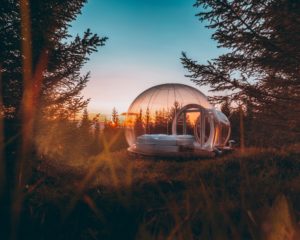All About Icelandic Moss
By Michael Chapman
Discover a volcanic landscape blanketed with unique plant life.
All About Icelandic Moss
By Michael Chapman
Discover a volcanic landscape blanketed with unique plant life.
Travellers to Iceland quickly note the absence of trees; in their place, they find a rugged landscape of ancient lava rock, much of which is covered by a thick and cosy blanket of Icelandic moss, or Cetraria islandica.
Icelandic moss is as much a part of nature here as the waterfalls, glaciers and black sand beaches that have made this island a favourite among travellers worldwide.
The moss adds a particular fantastical element to many viewpoints, and it is all too easy to imagine a supernatural race of elves, or Huldufólk, living amongst the lichen. While that might seem far fetched, rest easy knowing Icelandic moss is a brilliant habitat for many thousands of tiny microorganisms.
PLAN YOUR JOURNEY
Travelling to Iceland?
Check our overnight tours with a driver guide that includes a one night stay in a bubble.
*Starting from ISK 59.900 per person
What is Icelandic moss?
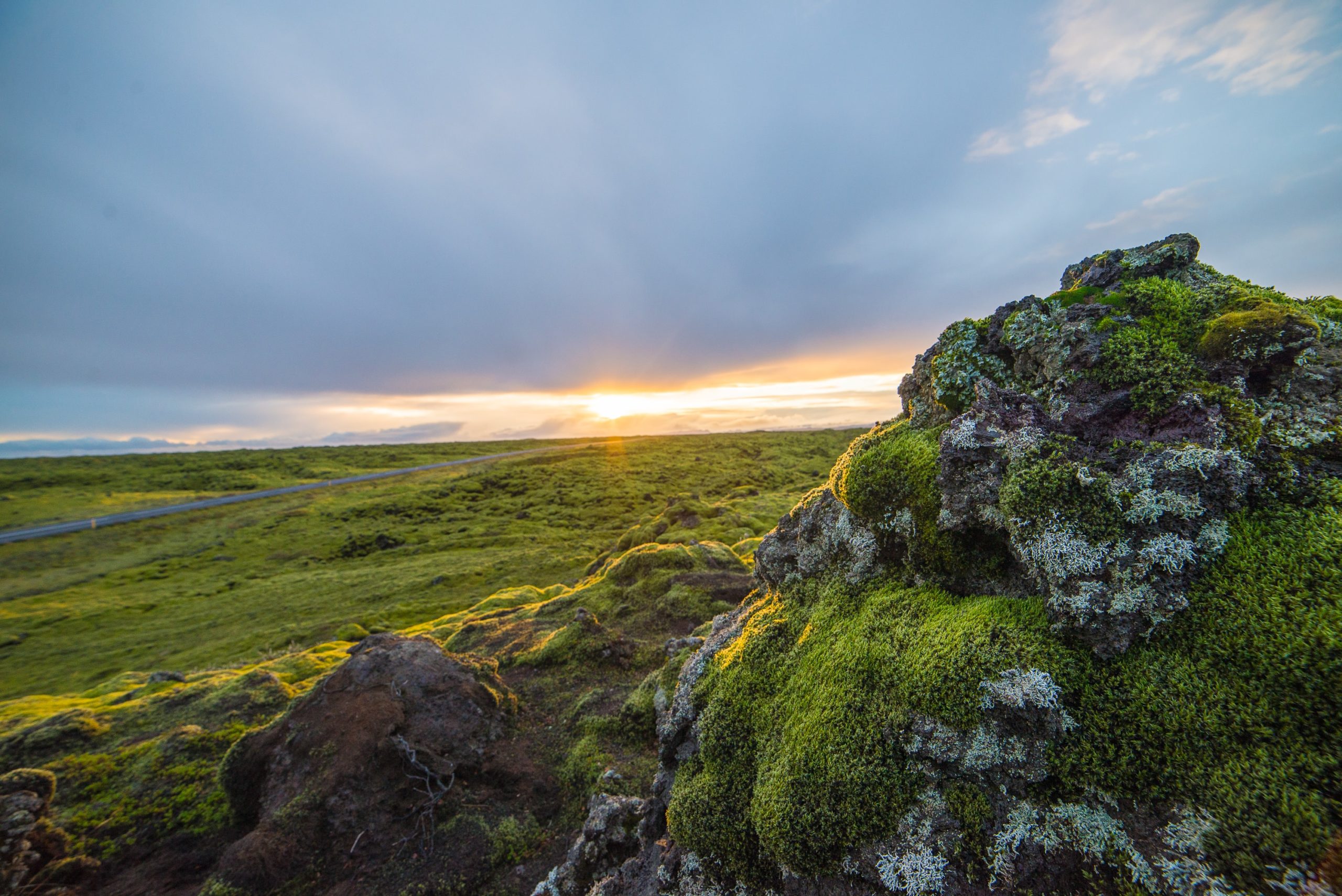
For the sake of transparency, it only fits to clarify that Icelandic moss is not a moss at all but rather a lichen. At one time or another, its leafy, cushioned and upright appearance led to this misnomer, and it has stuck ever since. However, do not be fooled; Cetraria islandica is still officially part of the fungi kingdom, formally recorded by Swedish botanist Erik Acharius in 1802.
Despite the misnaming, one would think Icelandic moss is exclusively found in Iceland. The opposite is true, in fact. Icelandic moss can be found in mountainous areas of many places, including the northern UK, Newfoundland, and the Appalachians’ highest elevations, to name just a few. There are, in fact, over 600 species of moss in Iceland alone, the most common being a species called woolly fringe-moss.
How does Icelandic moss grow?
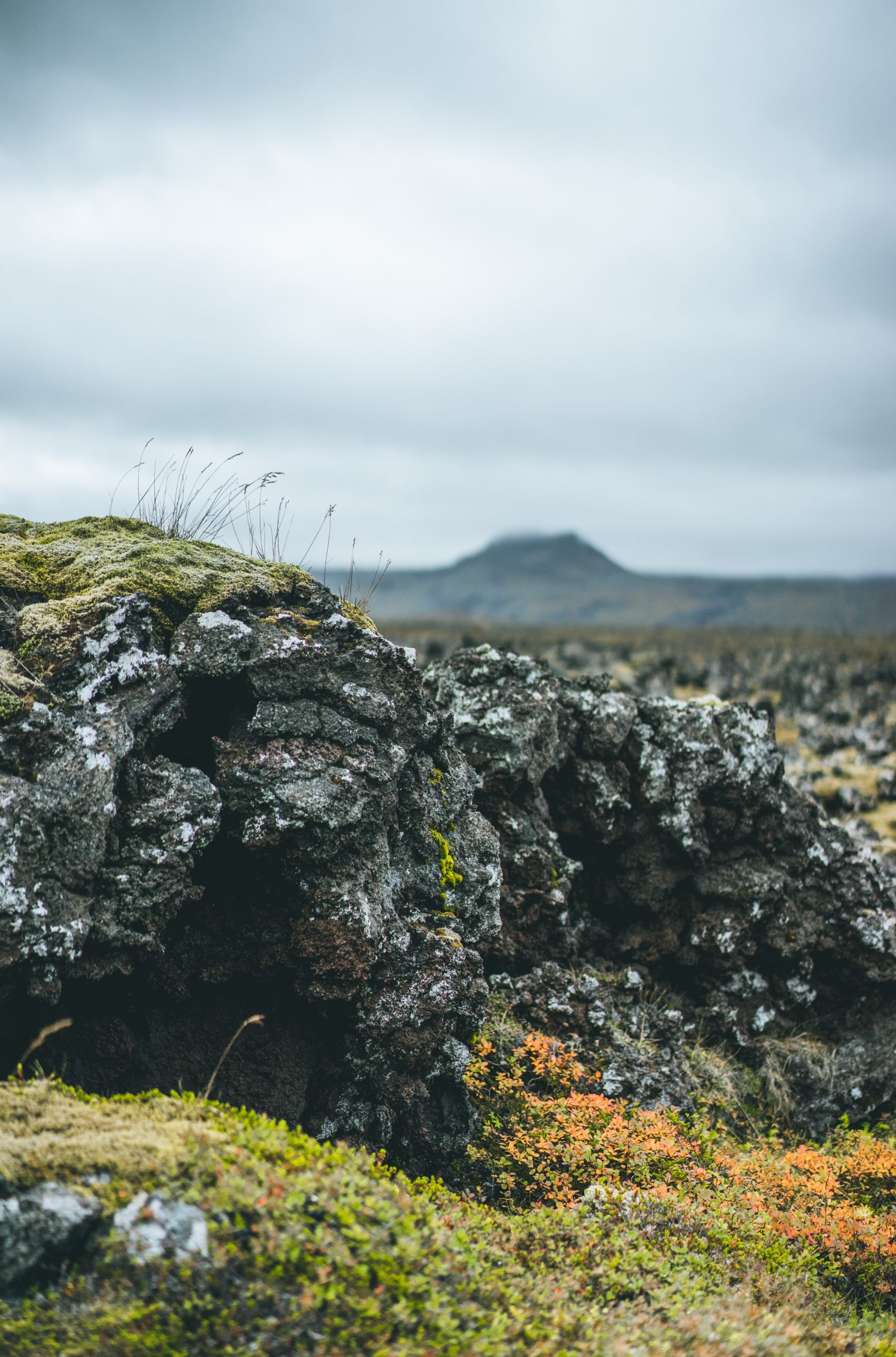
When it comes to reproduction, moss is an incredibly resilient plant capable of producing sporophytes both sexually and asexually. In the latter case, new plants will form from broken off stems, though it will take many decades to start spreading out.
Because of a lack of roots or soil depths, the moss can never grow very high, but instead moves out over far distances, soaking up water from the earth and sun rays from above. With that said, the moss’ growth is extremely prolonged, increasing in size by only 1 cm each year.
Is consuming Icelandic moss healthy?
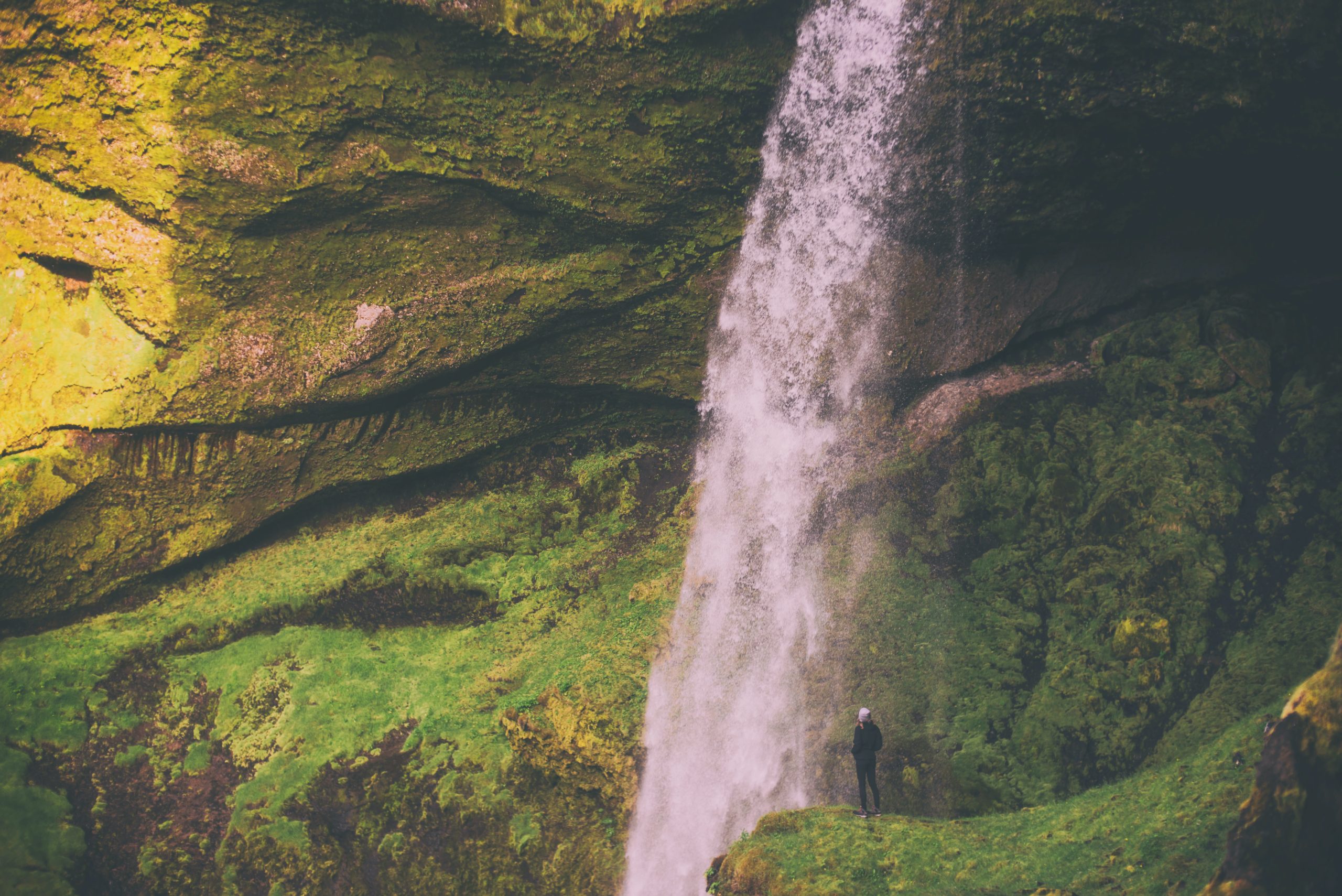
Icelandic moss is known to have many health benefits. As such, it is a staple of many herbal remedies sold across the country. According to some chemists, Icelandic moss stimulates the salivary glands, increases appetite and lines the stomach with healthy membranes. Aside from that, the plant is known to help soothe a dry cough, among many other uncomfortable ailments.
According to most scientists, more evidence is needed to verify just how beneficial Icelandic moss is for these issues. With that said, both the Herbal Medicinal Products (HMPC) and the scientific advisory board, German Commission E, have found the medicinal use of Icelandic moss to have no detrimental effects at all. Some people digest it as tea; others routinely use a tincture.
In bygone times, Icelandic moss was far more popularly used in cooking and was considered a staple ingredient in bread, porridge, and soups. Today, only a tiny handful of chefs and distilleries in Reykjavik include lichen as part of their menu, Fjallagrasa Icelandic Schnapps being one notable example.
Why is it important to protect Icelandic moss?
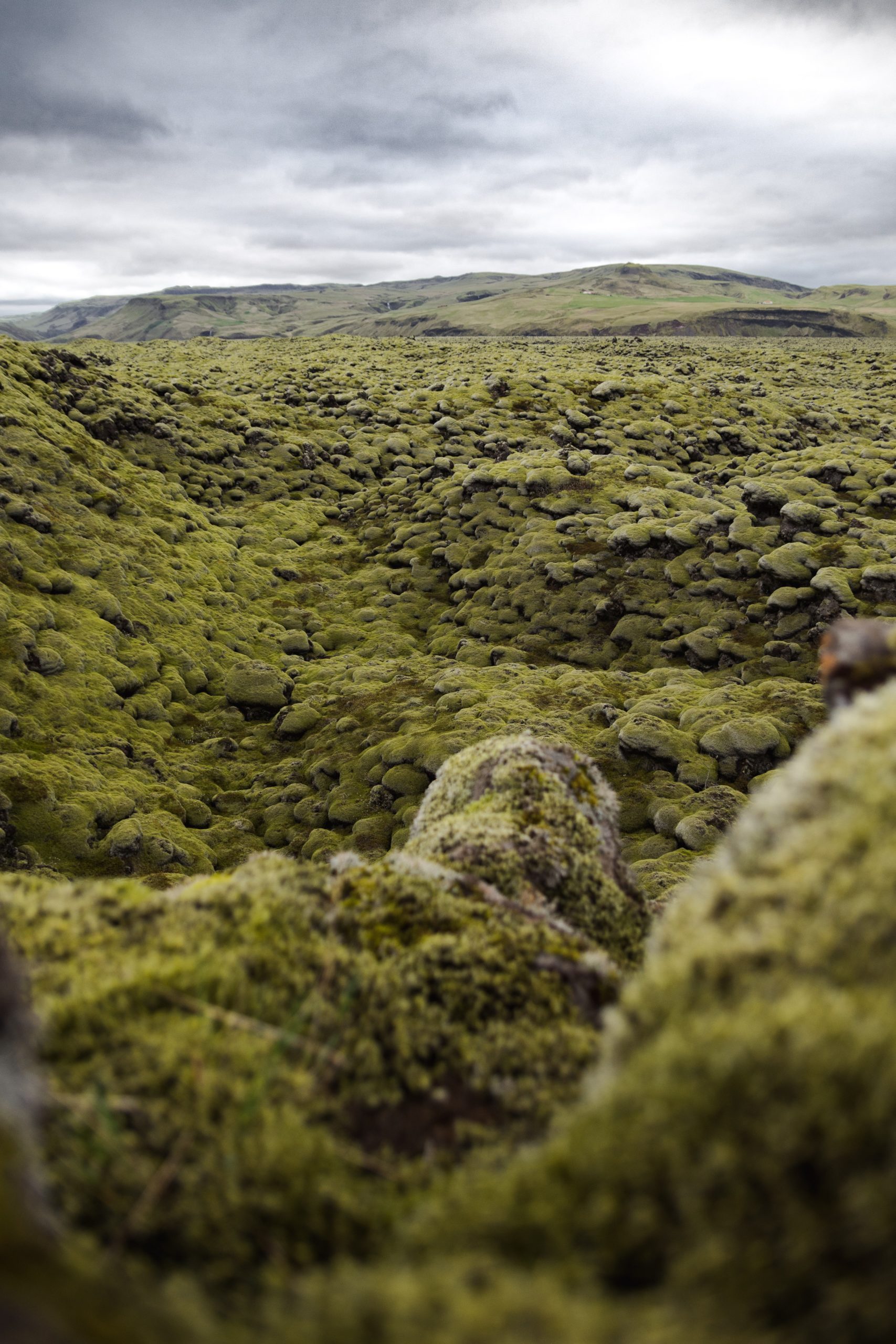
Icelandic moss is a vital part of this island’s ecosystem, crucial not only to the aesthetic but also to soil fertility and humidity. Many people are not aware of this, nor do they understand just how fragile the plant is and how long it takes to repair. Whilst above we mentioned the moss’ resilience, it is undeniably weak when it comes to trampling by man or animals.
Writing this is not mere doom and gloom, nor should it be a section to briefly read over and then dismiss as obvious. There are mossy hillsides in the countryside that, many years ago, were deliberately vandalised, with names and crass symbols carved out in giant lettering for all to see. Decades on and still these scars remain, serving as a cold, unfortunate reminder that a reckless attitude towards nature has lasting consequences.
How can you help protect Iceland’s moss?
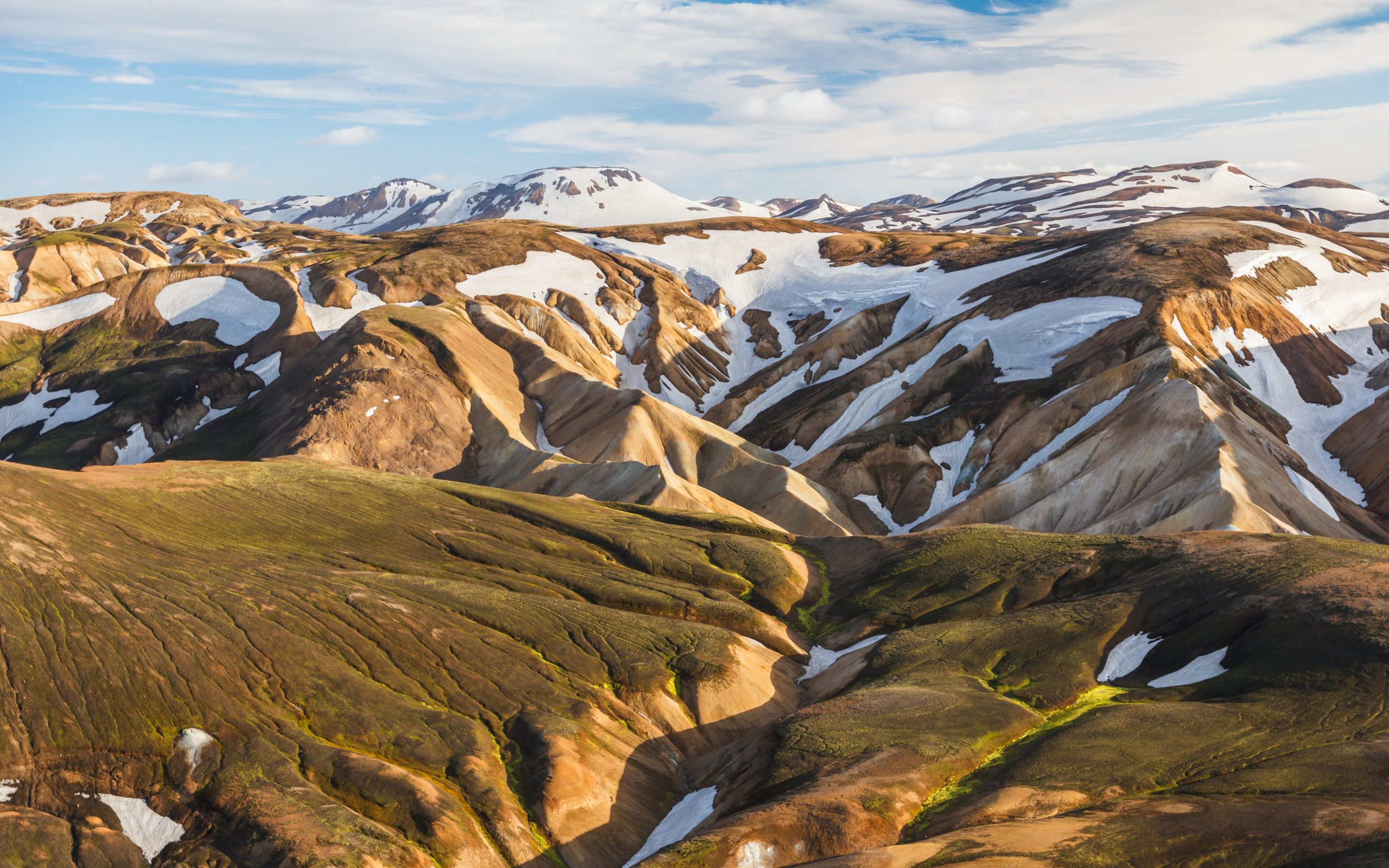
At Þingvellir National Park, visitors will find signs warning them against walking on the moss for fear of a hefty fine. However, in most cases, conservation comes down to how individuals treat the environment around them.
Let us remember that much of Iceland’s vast wilderness is untouched, untameable and unsupervised, which is all the more reason to leave each site untampered with. After all, the parts of the country that draw visitors are those seen to be raw and natural to the point of defying expectations.
PLAN YOUR JOURNEY
Travelling to Iceland?
Check our overnight tours with a driver guide that includes a one night stay in a bubble.
*Starting from ISK 59.900 per person

